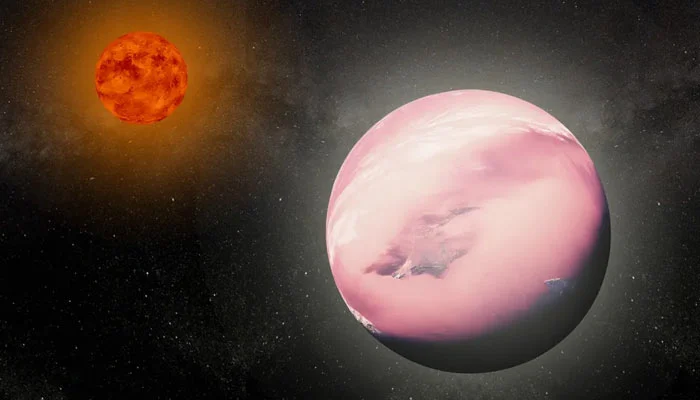New planet named “WASP-193 b,” is about 1.5 times the width of Jupiter but has only a fraction of its density.
In a major scientific breakthrough, Scientists have discovered a new cotton candy-like planet far outside our solar system, Space reported.
The exoplanet, named “WASP-193 b,” is about 1.5 times the width of Jupiter but has only a fraction of its density. This gas giant is the second-lightest planet found in the exoplanet category, with Kepler 51 d being the lightest.
The planet’s combination of a much larger size and super-light density makes it an oddity among the 5,400 planets discovered to date.
The discovery was made by a team of astronomers from various universities, including the Massachusetts Institute of Technology (MIT) and the University of Liege in Belgium, and was reported in the journal Nature Astronomy.
Julien de Wit, the study’s co-author from MIT, explained:
“Typically, big planets are pretty easy to detect because they are usually massive and lead to a big pull on their star. But what was tricky about this planet was, even though it’s big — huge — its mass and density are so low that it was actually very difficult to detect with just the radial velocity technique. It was an interesting twist.”
To understand the reason behind its lightness, scientists will carry out more tests.


